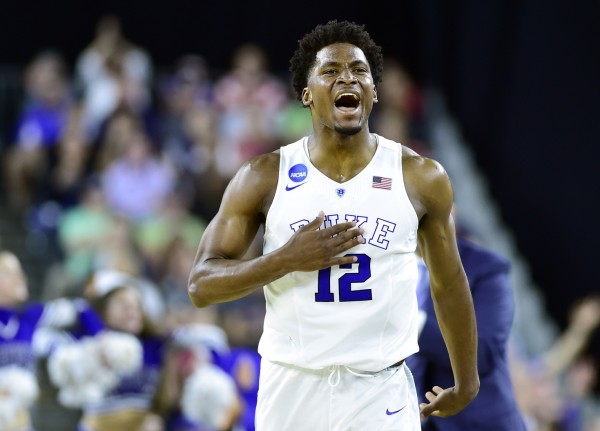Pac-12 Needs the Two Cs to Recover
Posted by RJ Abeytia on February 1st, 2018The Pac-12 is struggling. About that there can be no doubt. The conference has no teams in the top 10 in the RPI and only two among the top 40 (#16 Arizona, #37 USC). Joe Lunardi’s latest edition of bracketology holds those two teams plus Arizona State in his field of 68, with only Washington landing among the first four out. Jeff Sagarin ranks the conference sixth overall with only (again) the Wildcats and Trojans cracking his top 40. Nothing amazing is going to happen in February to salvage the league this year. The question is whether there are any signs of daylight cracking through the wall of despair the league has built between it and the upcoming NCAA Tournament. First, let’s look to youth. A quick scan of the PER leaders among freshmen shows a pretty impressive group of players.
| Player | School |
| DeAndre Ayton | Arizona |
| Kenny Wooten | Washington |
| Romello White | Arizona State |
| Jalen Nowell | Washington |
| McKinley Wright IV | Colorado |
| Donnie Tillman | Utah |
| Justice Sueing | California |
| Kris Wilkes | UCLA |
| Remy Martin | Arizona State |
| Troy Brown | Oregon |
Now, this list does not encapsulate the entirety of elite freshman talent in the Pac. Stanford alone has Daejon Davis, who has already won a Pac-12 Player of the Week award, and KZ Okpala, who despite not playing until the final non-conference game is already garnering calls to the Cardinal offices from NBA scouts. Speaking of Players of the Week, Arizona’s Dusan Ristic and Utah’s Justin Bibbins just ended a three-week stretch from the new year onward when a freshman was the conference player of the week. The most intriguing part of this list is that, aside from Ayton, there isn’t a surefire NBA lottery pick in the group. That’s not to say there isn’t NBA talent on that list or elsewhere across the league. It’s to say instead that, aside from Ayton, most of this group should be back for at least one more season. That certainly matters, because Ayton’s ongoing brilliance isn’t going to single-handedly bring the conference back to glory.



















































